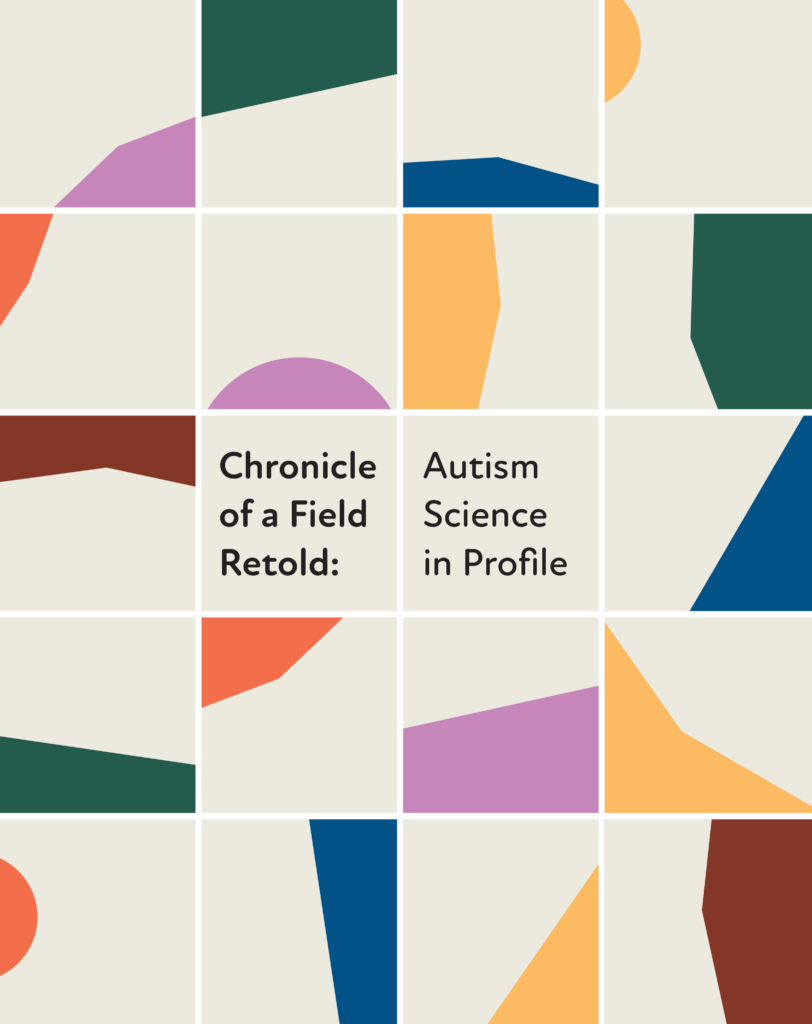Spectrum
Recent articles
Spectrum is the go-to destination for the latest news and analysis about autism research and a springboard for scientists and clinicians to forge collaborations that deepen our understanding of autism.
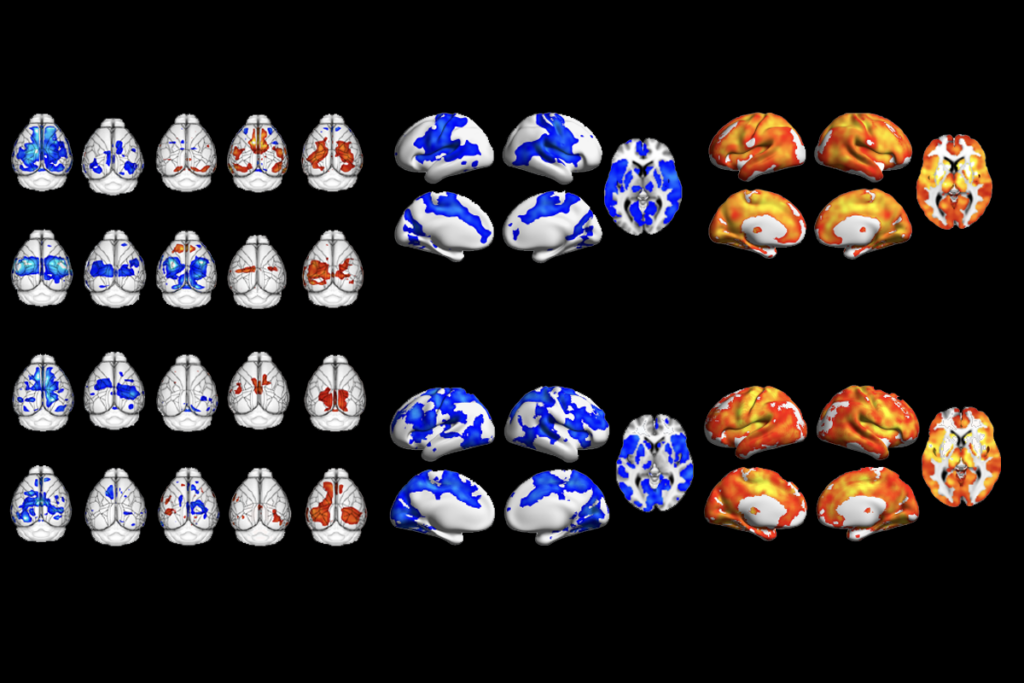
Too much or too little brain synchrony may underlie autism subtypes
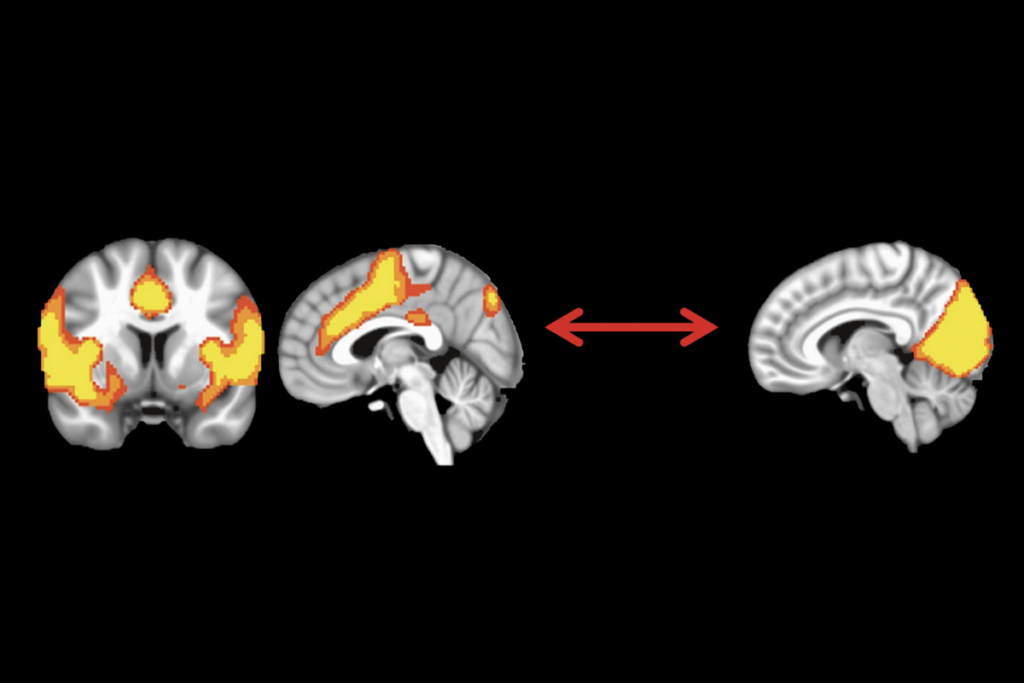
Developmental delay patterns differ with diagnosis; and more
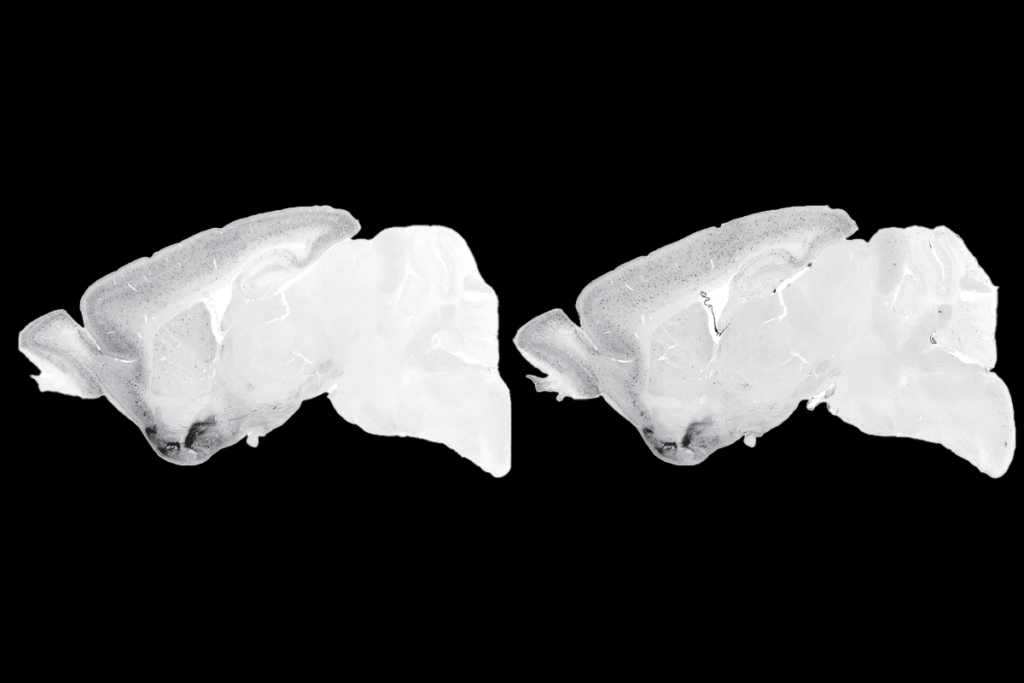
Split gene therapy delivers promise in mice modeling Dravet syndrome
Action potentials

”The findings position [cerebrospinal fluid] not merely as a passive cushioning medium but potentially as an active regulator of brain development. — HYUN KYOUNG LEE, ASSOCIATE PROFESSOR OF PEDIATRICS AND NEUROLOGY, BAYLOR COLLEGE OF MEDICINE
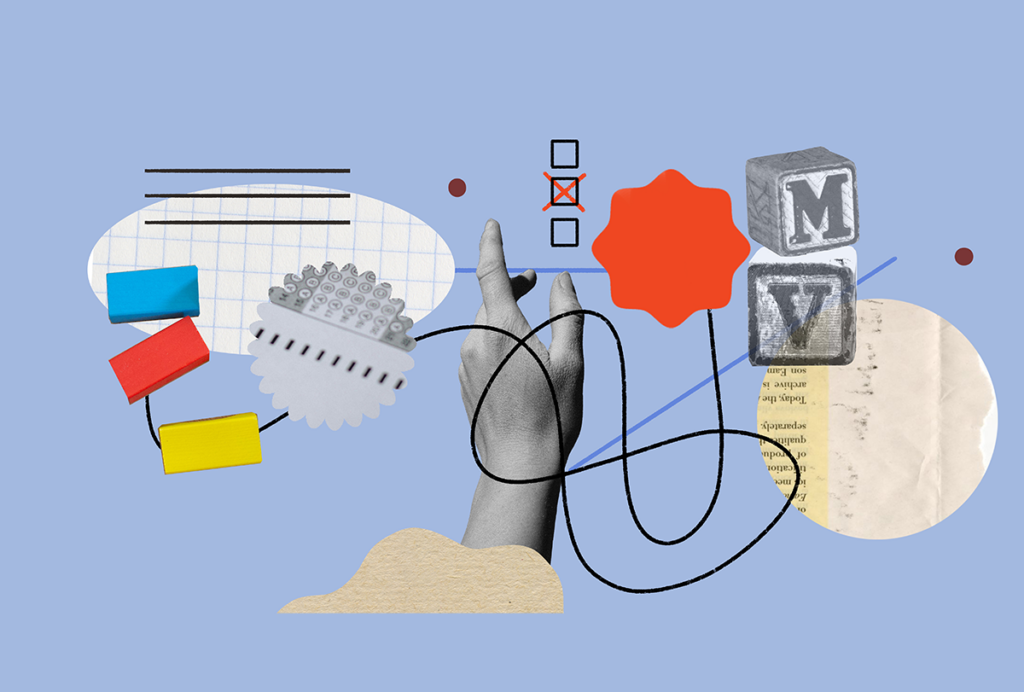
To accelerate the study of neurodevelopment, we need a transdiagnostic framework
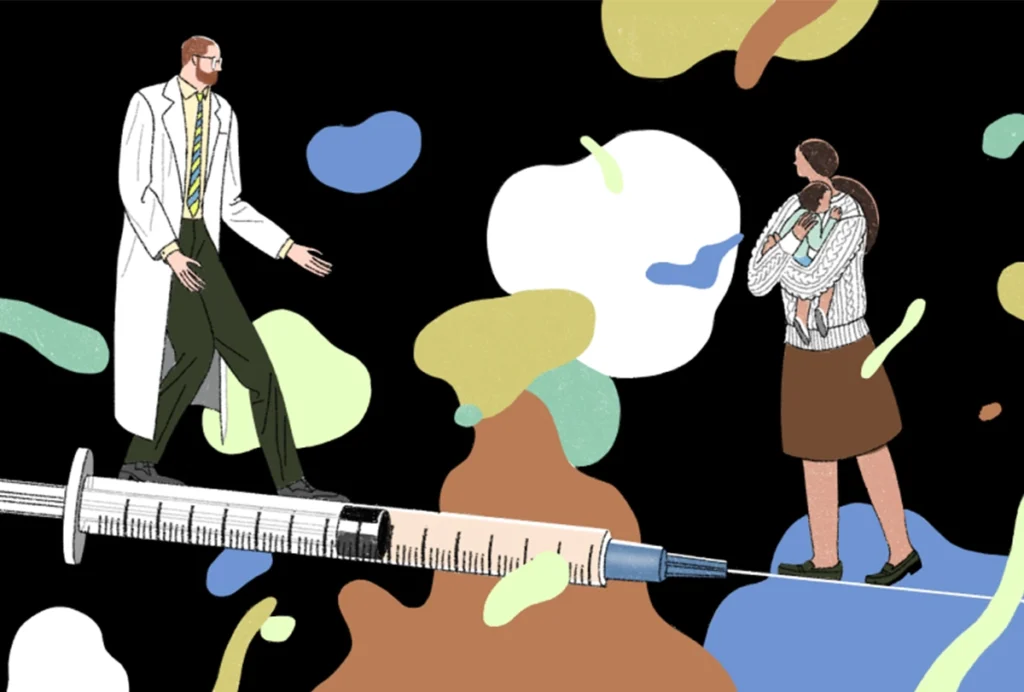
Roundup: The false association between vaccines and autism

My hope for displaced Ukrainian children with autism, an update
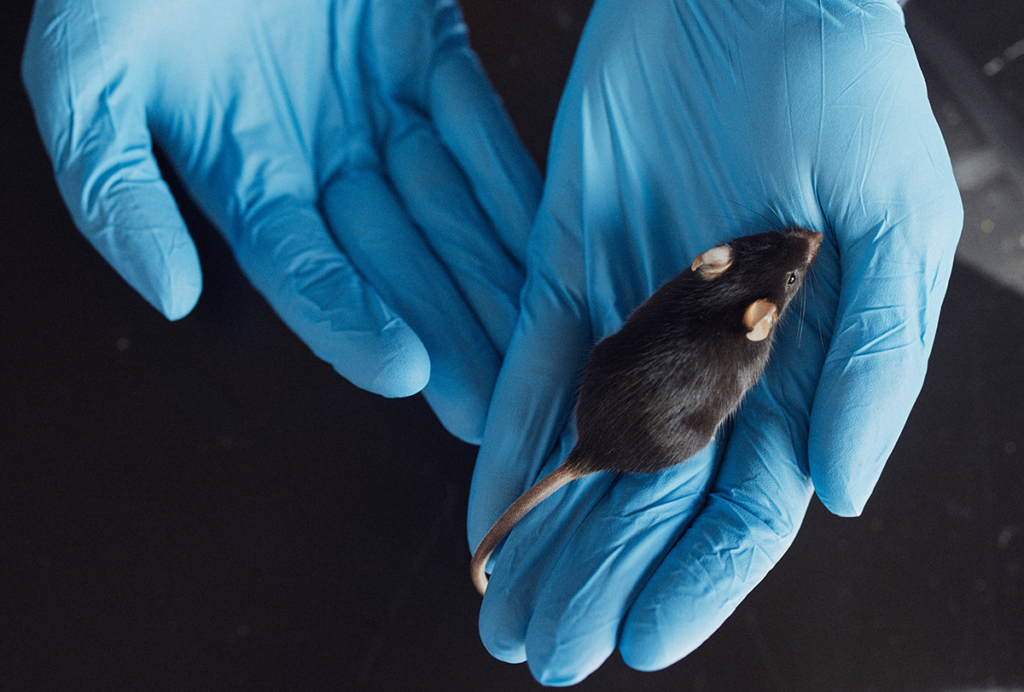
Molecular changes after MECP2 loss may drive Rett syndrome traits
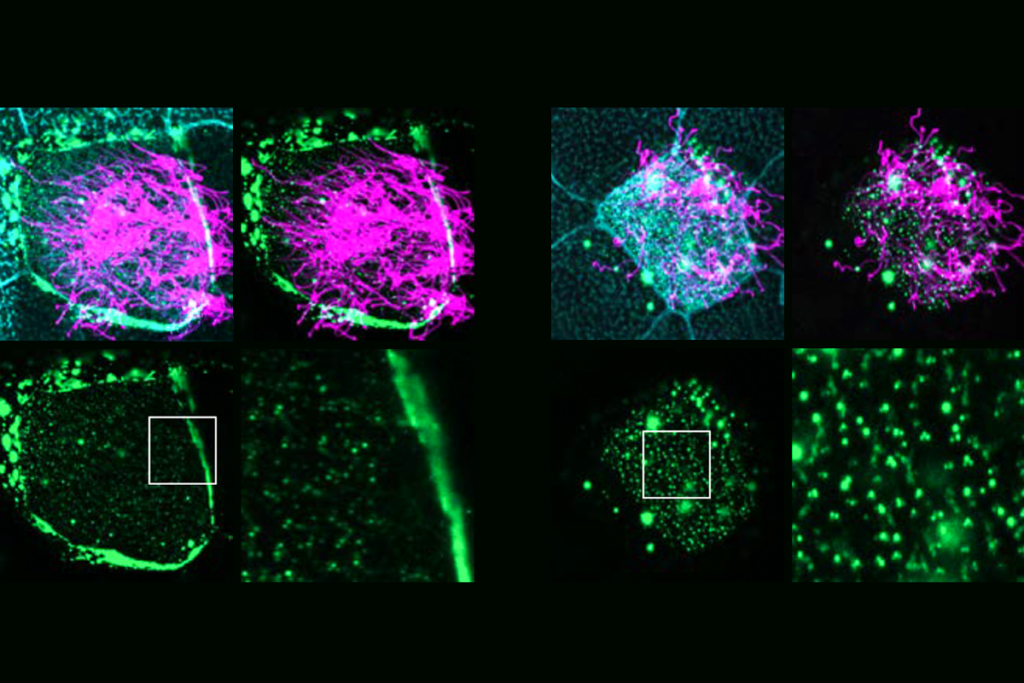
Many autism-linked proteins influence hair-like cilia on human brain cells
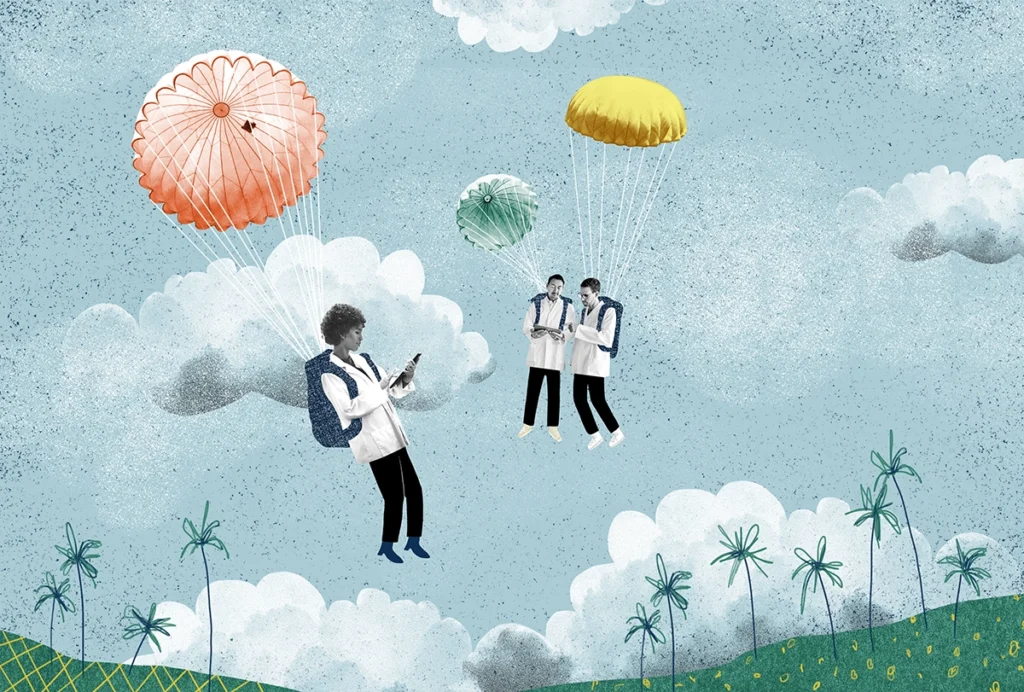
The perils of parachute research
Scientists who study autism in lower-income countries are working to end practices that exploit or ignore collaborators and communities on the ground.
On the periphery: Thinking ‘outside the brain’ offers new ideas about autism
Neuronal alterations outside the brain may help to explain a host of the condition’s characteristic traits, including sensory changes, gut problems and motor differences.

Autism prevalence increasing in children, adults, according to electronic medical records

High prevalence of developmental delay strains Australia’s support systems

Controversial ‘cost of autism’ paper retracted

U.S. study charts changing prevalence of profound and non-profound autism
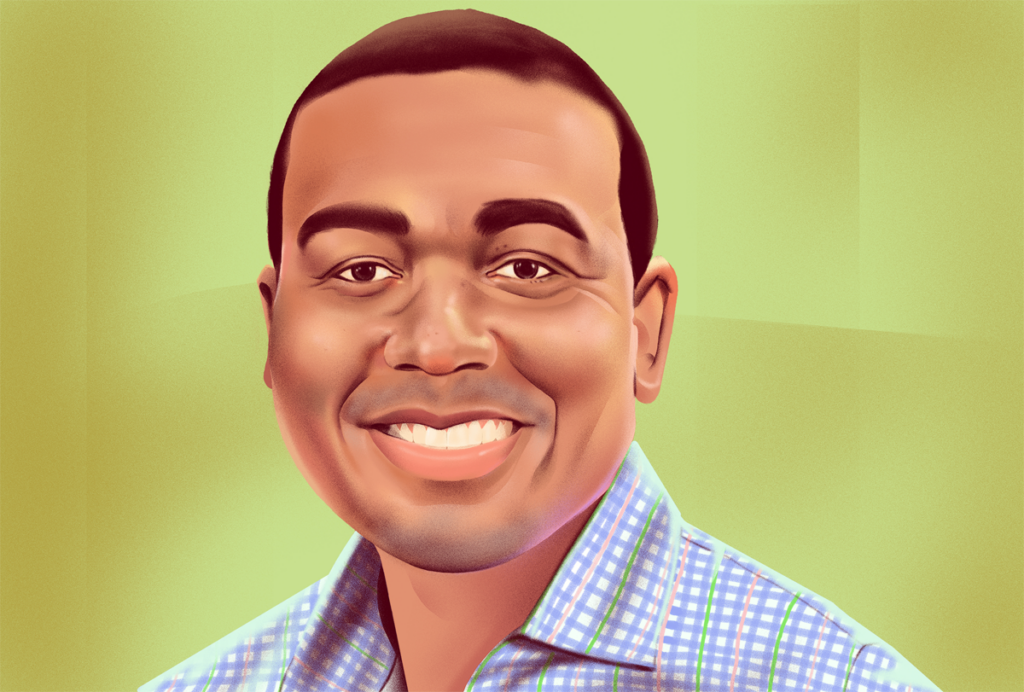
Brian Boyd, classroom-based interventions and the importance of representation

Evdokia Anagnostou and the concept of a good life
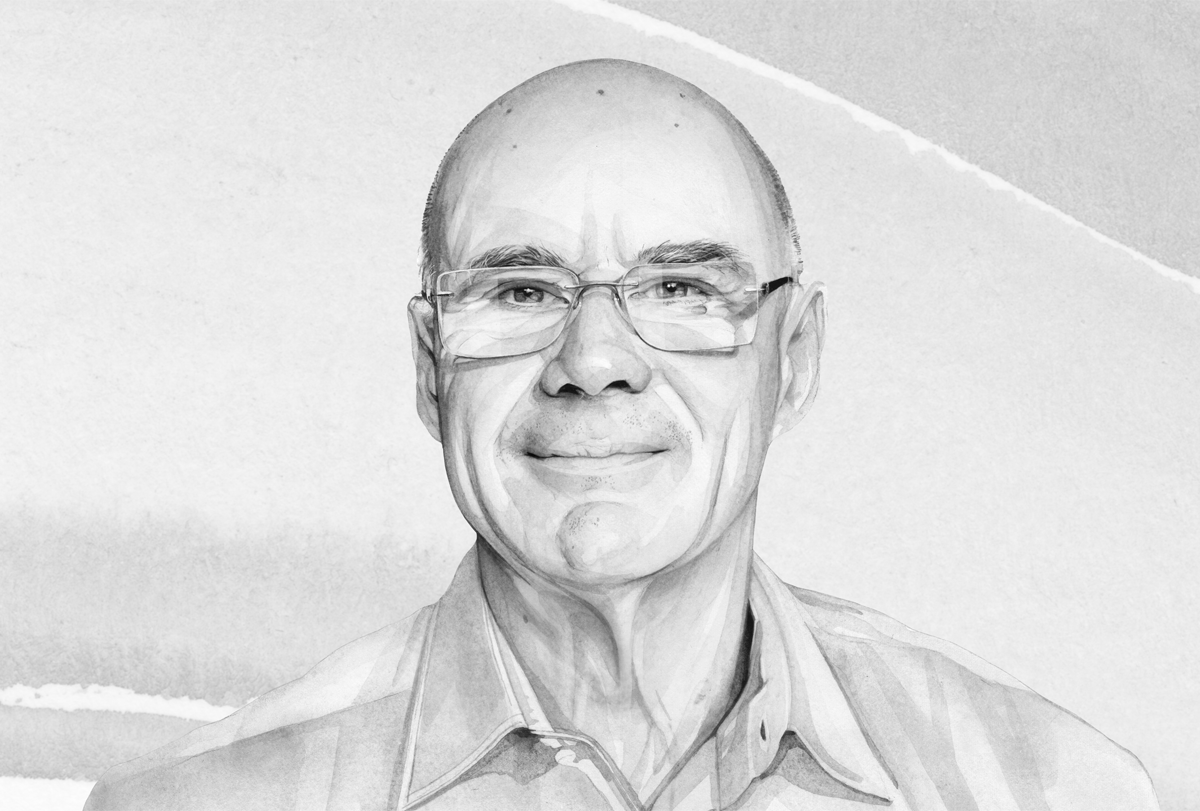
‘Emergent and transactional’: How Jonathan Green is rethinking autism and interventions

A genetics-first clinic for catching developmental conditions early: Q&A with Jacob Vorstman

Pinning down ‘profound autism’ for reliable research: Q&A with Matthew Siegel
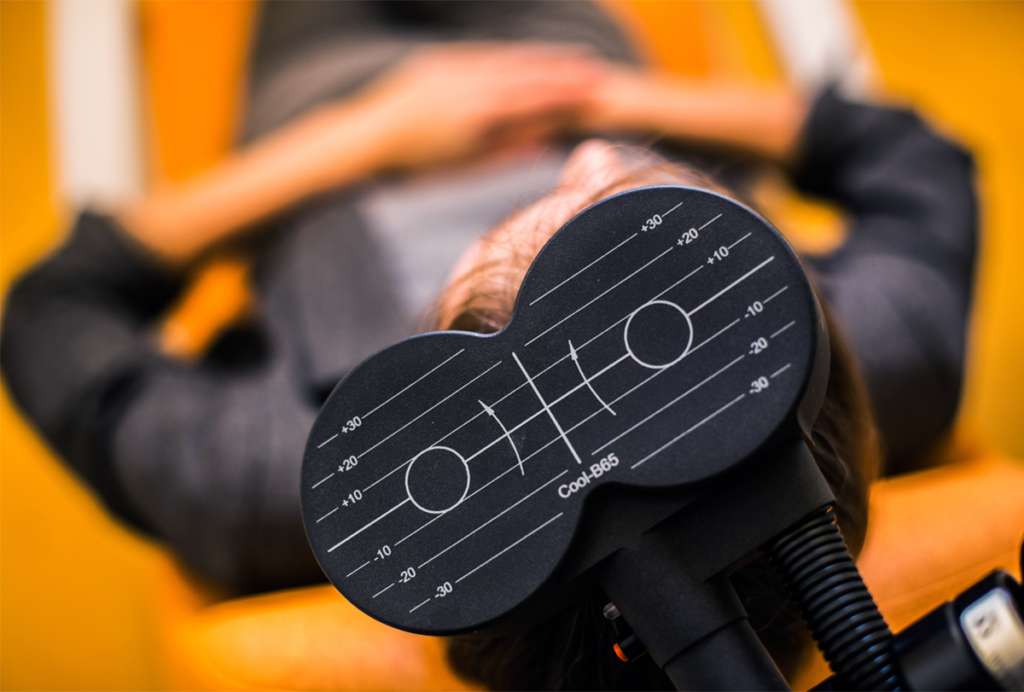
Magnetic stimulation for autism: Q&A with Xujun Duan
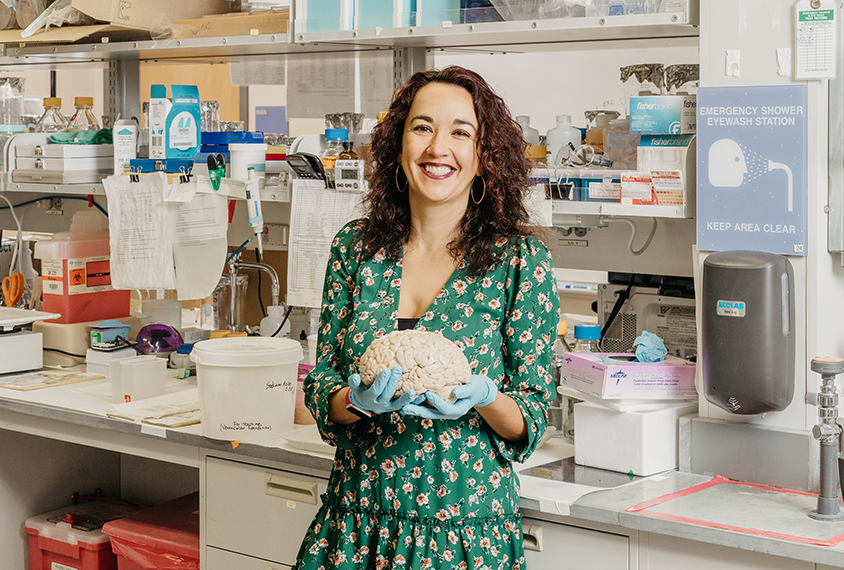
Beyond the bench: At school with Verónica Martínez Cerdeño
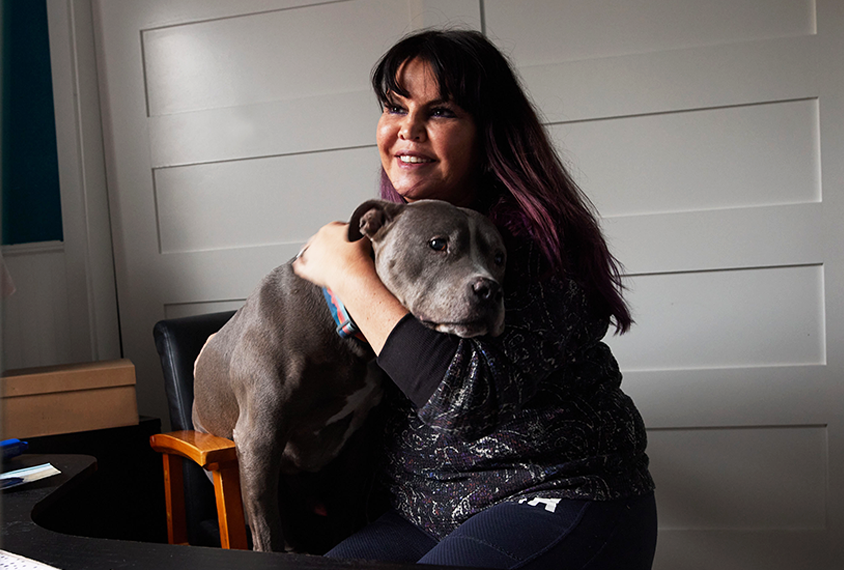
Beyond the bench: Finding solitude with Jill Silverman

Beyond the bench: Finding balance with Gavin Rumbaugh

Decisional capacity and informed consent, explained
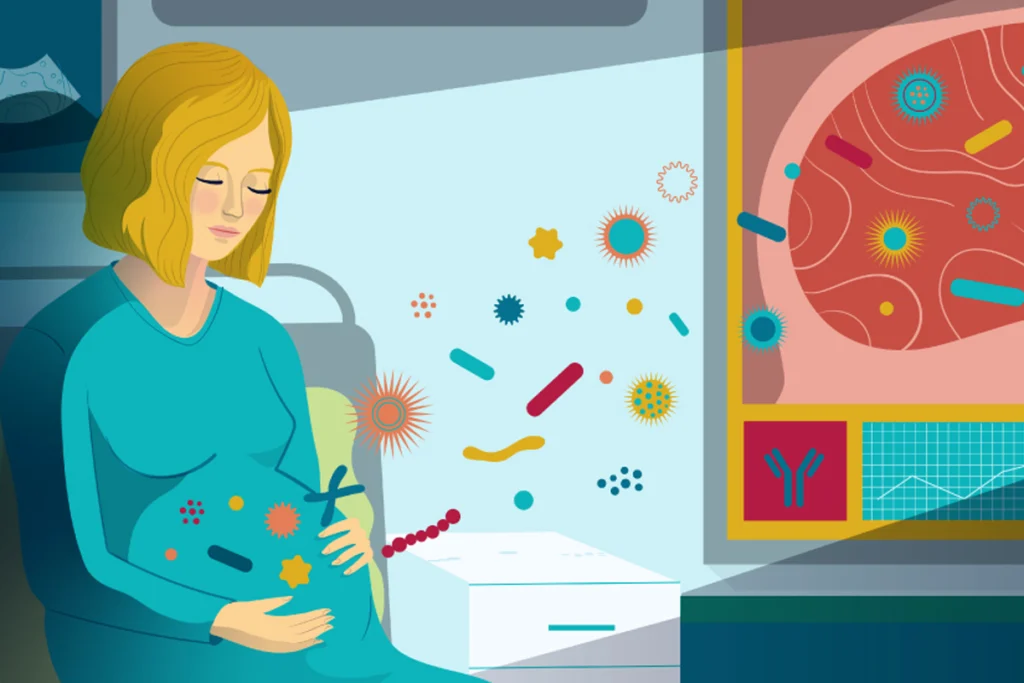
The link between maternal infection and autism, explained

Pathological demand avoidance in autism, explained
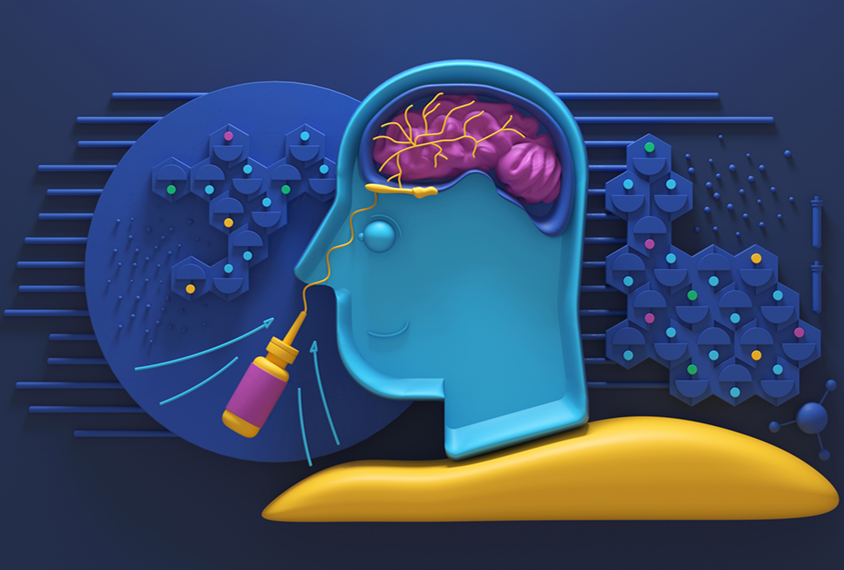
The connection between oxytocin and autism, explained
Spectrum books
Changes in autism scores across childhood differ between girls and boys
Here is a roundup of autism-related news and research spotted around the web for the week of 7 April.
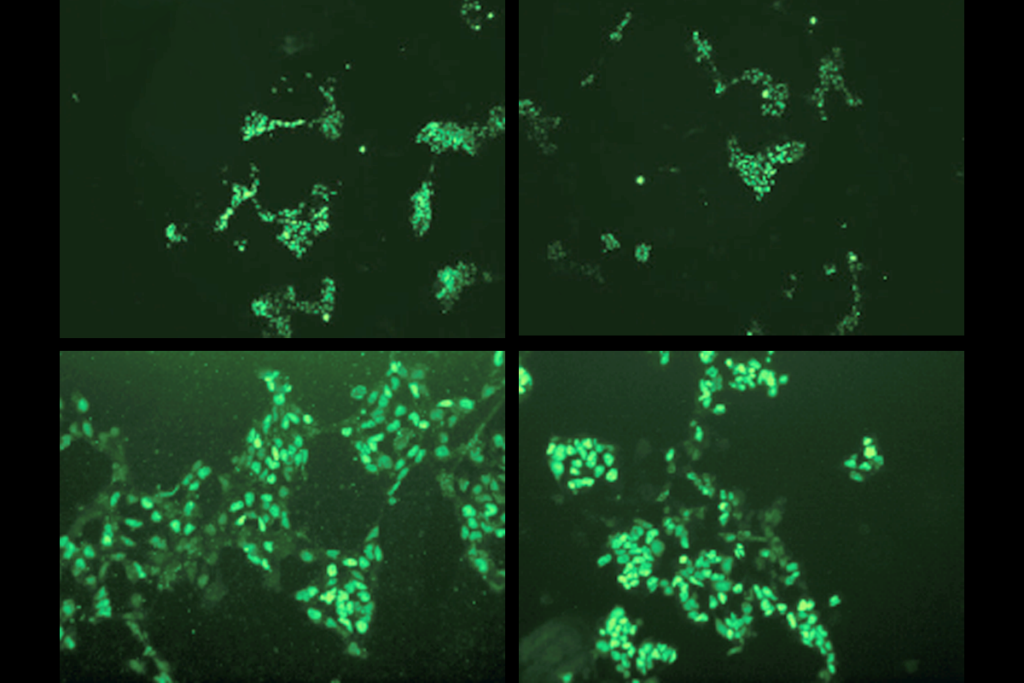
Changes in autism scores across childhood differ between girls and boys
Here is a roundup of autism-related news and research spotted around the web for the week of 7 April.
PTEN problems underscore autism connection to excess brain fluid
Damaging variants in the autism-linked gene cause congenital hydrocephalus—a buildup of cerebrospinal fluid in the brain—by turbocharging a downstream signaling pathway that promotes the growth of cells, according to a new study.

PTEN problems underscore autism connection to excess brain fluid
Damaging variants in the autism-linked gene cause congenital hydrocephalus—a buildup of cerebrospinal fluid in the brain—by turbocharging a downstream signaling pathway that promotes the growth of cells, according to a new study.
Autism traits, mental health conditions interact in sex-dependent ways in early development
Here is a roundup of autism-related news and research spotted around the web for the week of 31 March.

Autism traits, mental health conditions interact in sex-dependent ways in early development
Here is a roundup of autism-related news and research spotted around the web for the week of 31 March.
New tool may help untangle downstream effects of autism-linked genes
The statistical approach helps scientists better control for both measured and unmeasured confounders in gene-expression data, revealing causal relationships between autism-linked genetic variants and downstream cellular effects, such as impaired neuron development.
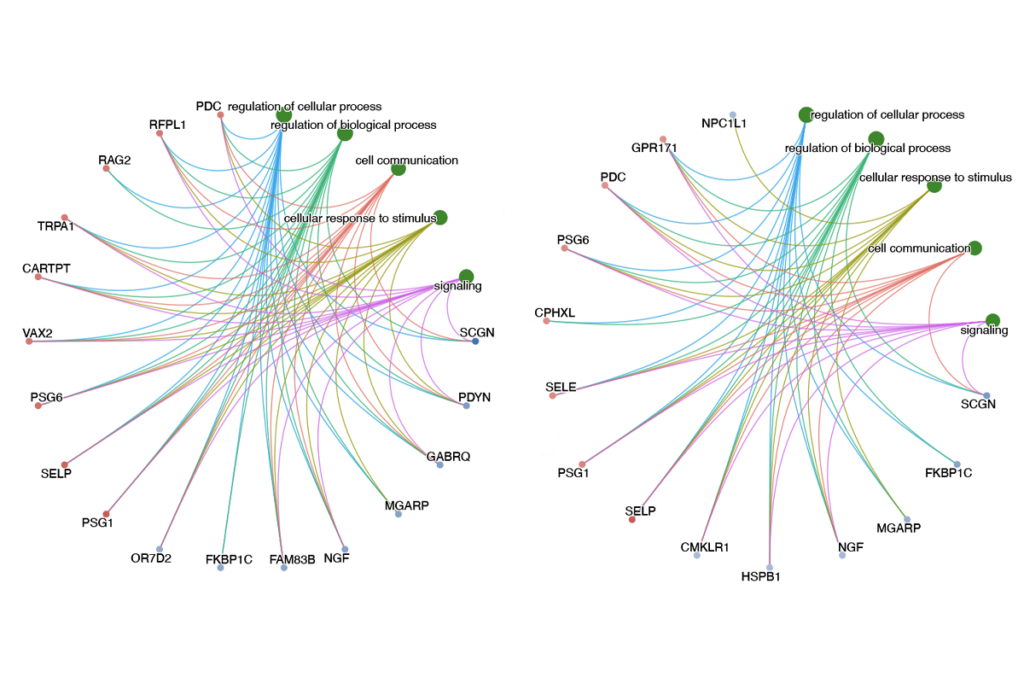
New tool may help untangle downstream effects of autism-linked genes
The statistical approach helps scientists better control for both measured and unmeasured confounders in gene-expression data, revealing causal relationships between autism-linked genetic variants and downstream cellular effects, such as impaired neuron development.
NIH neurodevelopmental assessment system now available as iPad app
Here is a roundup of autism-related news and research spotted around the web for the week of 24 March.
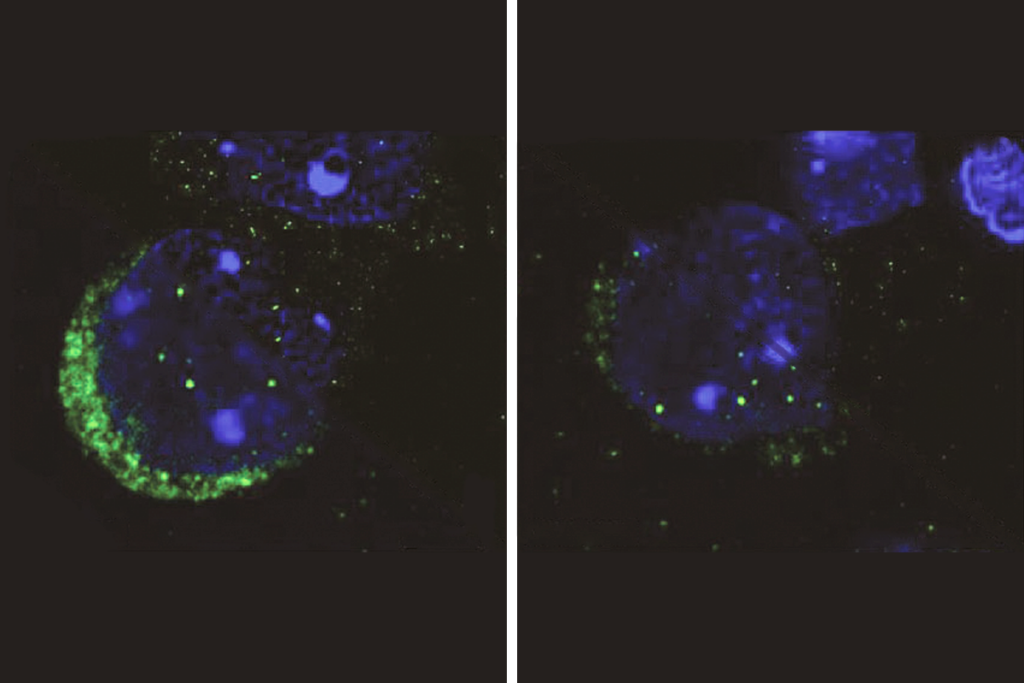
NIH neurodevelopmental assessment system now available as iPad app
Here is a roundup of autism-related news and research spotted around the web for the week of 24 March.
Explore more from The Transmitter
Smell studies often use unnaturally high odor concentrations, analysis reveals
It’s time to fashion olfactory neuroscience stimuli based on odor concentrations in the wild, say study investigators Elizabeth Hong and Matt Wachowiak.
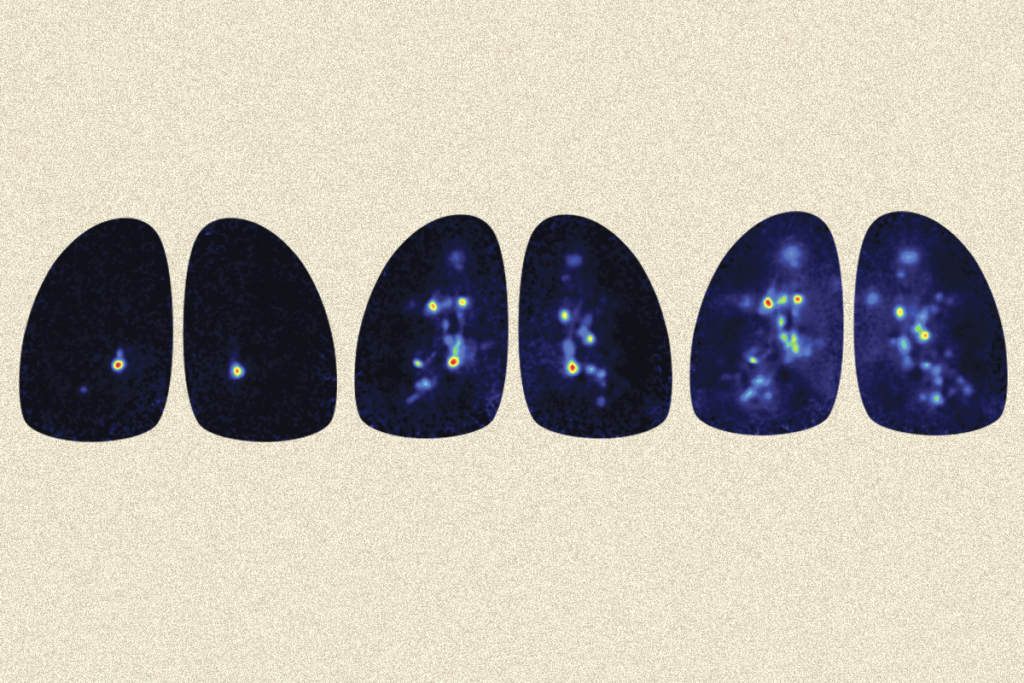
Smell studies often use unnaturally high odor concentrations, analysis reveals
It’s time to fashion olfactory neuroscience stimuli based on odor concentrations in the wild, say study investigators Elizabeth Hong and Matt Wachowiak.
‘Natural Neuroscience: Toward a Systems Neuroscience of Natural Behaviors,’ an excerpt
In his new book, published today, Nachum Ulanovsky calls on the field to embrace naturalistic conditions and move away from overcontrolled experiments.
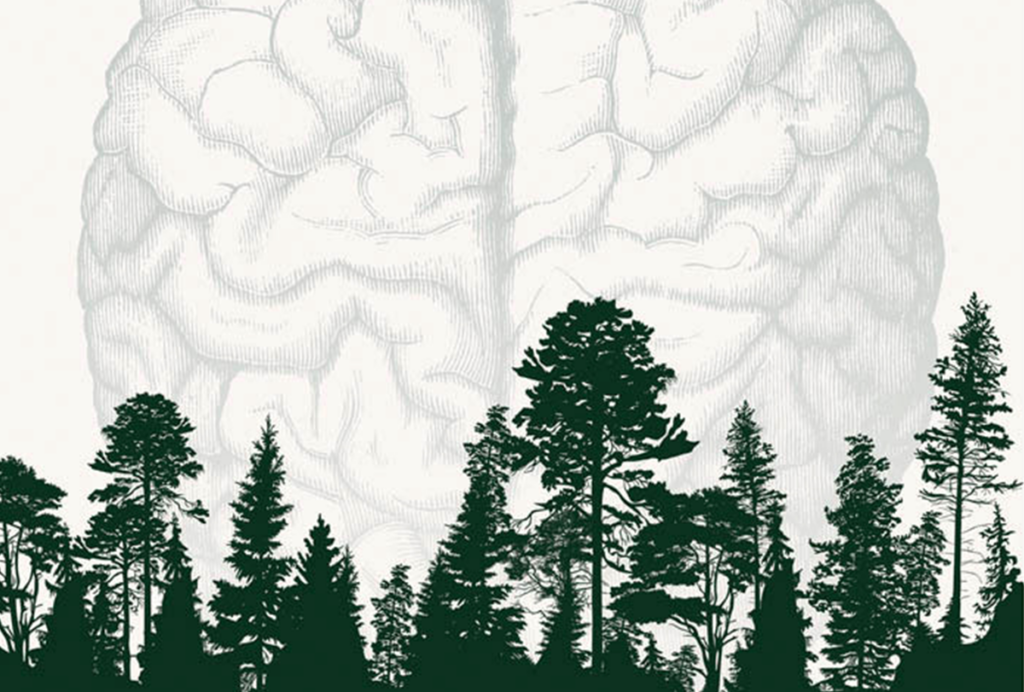
‘Natural Neuroscience: Toward a Systems Neuroscience of Natural Behaviors,’ an excerpt
In his new book, published today, Nachum Ulanovsky calls on the field to embrace naturalistic conditions and move away from overcontrolled experiments.
Functional MRI can do more than you think
Recent technological advances provide a range of new and different information about brain physiology. But taking full advantage of these gains depends on collaboration between engineers and neuroscientists.

Functional MRI can do more than you think
Recent technological advances provide a range of new and different information about brain physiology. But taking full advantage of these gains depends on collaboration between engineers and neuroscientists.
